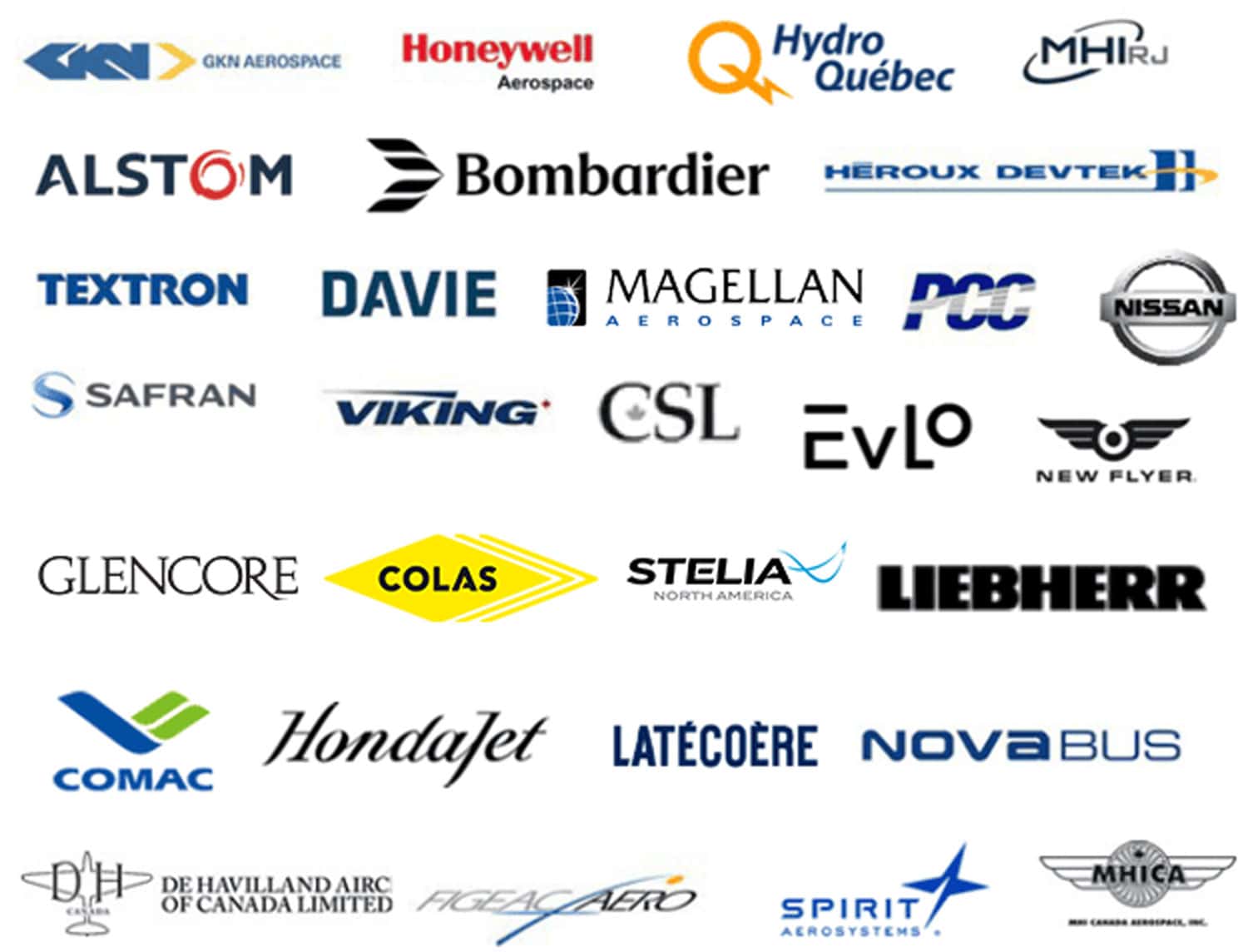As a machine shop supplier, stable cash flow and steady production are critical to your business. However, financial difficulties or equipment issues can arise and threaten your delivery schedules, damaging your reputation and customer relationships.
You need proven strategies to address these kinds of problems rapidly. By managing cash flow, optimizing processes, outsourcing wisely, communicating openly, and diversifying revenue, you can recover from temporary setbacks, improve performance, and strengthen your company.
When cash gets tight or key machines go down, don’t panic. Stay focused on solutions. Meet with your financial advisors to analyze cash flow, find expenses to cut immediately, and renegotiate better terms with customers. Look for ways to access loans or credit to resolve short-term gaps. There are always options if you remain determined and vigilant.
Next, take a hard look at your production processes for efficiency and waste. Can you make small changes to speed up delivery times? Big improvements often mean investing in new technology to minimize delays, reduce waste, and increase productivity. Stay up-to-date with advancements in your industry.
Also, consider outsourcing to trusted partners. Do you have the capacity and capability to produce all parts in-house? Strategic outsourcing lets you focus on your strengths while relying on specialists for specific components or processes. You gain access to new skills and equipment, freeing up your facilities. With strong communication, outsourcing boosts your responsiveness and flexibility.
Transparency is equally important. Regularly update customers on schedules, potential disruptions, and recovery timelines. When issues arise, notify them promptly with specific plans to get back on track. Honest communication reassures customers, builds loyalty, and prevents losing business to competitors. Read on!
Cash Flow Management: The Lifeblood of Any Business
As a machine shop owner, closely monitoring your business’s cash flow is essential. Cash flow refers to the amount of money flowing in and out of your business at any time. When more cash flows in than out, your company has a positive cash flow. If more flow out than in, you have a negative cash flow, signaling potential financial trouble.
Negative cash flow means bills and expenses exceed your ability to pay in the short term. While temporary, if left unaddressed, it leads to significant problems. Meet with your accountant frequently to analyze statements, pinpoint the cause of shortages, and craft a solution. Often it requires reducing discretionary spending on things like equipment or advertising until cash flow stabilizes.
For longer-term relief, renegotiate better terms with your customers. Can you ask for deposits, upfront payments, or shorter payment terms to get paid faster? Offer discounts or other incentives in exchange for paying invoices sooner. Every day you get paid earlier means more days of that money working for your company.

Loans and lines of credit are also helpful for addressing temporary cash shortfalls. Approach your bank or lending institutions and explore options for injecting cash into your business during crises. Be prepared to discuss potential solutions and the steps you are taking to correct issues going forward.
Once you have addressed urgent needs, focus on the broader issue of consistently maximizing your business’s positive cash flow. Are sales strong and predictable? Do you have a steady, loyal base of customers? How can you optimize efficiency to lower costs?
Implementing reasonable solutions to boost revenue and decrease waste over the long run ensures you avoid ongoing cash flow challenges and have increased stability and flexibility for your company’s future. With vigilant management, you gain the means to invest, grow, and protect yourself from vulnerability. Cash flow optimization takes determination but yields control and sustainability.
Optimizing Production: Improving Efficiency and Throughput
When delivery schedules start slipping, look first at your own production processes. Inefficient procedures, outdated technology, equipment failures, and other issues can slow output and throughput, damaging your ability to fulfill orders on time. Optimizing production is vital.
Analyze how parts and components flow through your facility. Are there bottlenecks where work gets delayed? Do employees have to wait on essential resources or equipment? Even minor lapses in continuous flow add up and stall delivery. Consider rearranging equipment, adding automation, or rebalancing workloads to improve workflow.
Evaluate if you are using the latest technology and machinery. Outdated equipment typically operates at lower speeds, with more waste and higher costs. Newer technology lets you produce more parts faster with fewer employees required. The investment in upgrading soon pays off through increased productivity and responsiveness. Stay up-to-date with innovations in your industry.

Also, look at individual processes for wasted time and materials. Little details like handling and moving parts multiple times, excessive inspections, or inefficient assembly methods all slow down your operations. Question each step and whether there are any redundancies or opportunities to streamline. Sometimes a fresh set of eyes helps spot areas for easy improvement.
Likewise, your employees are essential parts of an optimized workflow. Do workers have proper training? Are responsibilities and accountability for delivery schedules clearly defined? People perform when they understand their role and feel equipped to do the work. Invest in skills development and consider instituting incentives for performance and efficiency.
Outsourcing for Greater Capacity and Capability
Outsourcing lets you focus your resources on your core strengths while relying on partners for certain areas outside your expertise or ability. Before outsourcing, evaluate what you do best and where your key competitive advantages lie.
These are the functions you should keep in-house. Anything that does not align closely with your primary mission or strains your resources and expertise to produce should remain open for outsourcing. Common outsourced areas for machine shops include
- Raw materials
- Fabricated parts
- Textiles
- Packaging
- Logistical support
Select outsourcing partners carefully based on their competence, capacity, location, and reliability. Schedule audits of potential suppliers to assess them thoroughly before contracting them for any work.
Written agreements clearly define expected quality standards, specifications, delivery requirements, and accountability. Strong communication from the beginning helps minimize problems down the line.
Develop long-term relationships built on trust and transparency with partners as invested as you in delivering quality and on-time results. Schedule regular reviews of work performed and look for continuous incremental improvements to processes that could benefit both parties.
Communication is Key: Keeping Customers Informed
Consistent and transparent communication with your customers is essential for a machine shop. When delivery schedules get disrupted for any reason, letting customers know promptly and providing specific details about how long it will take to resolve shows your commitment to high-quality service.
Saying nothing and hoping the customer does not notice delays will damage your reputation and credibility. Have clearly defined processes in place for notifying clients immediately about potential delivery issues, whether from financial, production, or supply chain problems.
Explain the situation truthfully without excessive technical language or excuses, give a realistic timeline for correction and recovery, and ask if there are any ways you can help support their operations in the meantime. Your sincerity, honesty and determination to make things right will reassure customers even under challenging circumstances.

Provide ongoing updates to impacted customers even as you work to address the underlying issues. Let them see the steps being taken and the progress being made. Make personal contact with a phone call or meeting in addition to written communication for the most serious or long-term disruptions.
Face-to-face conversation and the opportunity for a customer to ask questions or provide feedback are pivotal for maintaining a positive working relationship. Outside of any emergencies, strive to overcommunicate with your clients regularly.
Share details about operations, capabilities, and continuous improvement efforts. Meeting with key customers periodically helps strengthen partnerships and keep deliverables closely aligned with their priorities. Make it easy for customers to contact you with feedback or questions and respond promptly.
Diversifying for Risk Reduction and Improved Stability
Reliance on one or a few major customers for most of your revenue puts a machine shop in a vulnerable position. Loss of business from any key accounts threatens cash flow and sustainability. The solution is diversifying your customer base to minimize risk and create stability.
Having a broad range of customers across diverse industries, company sizes, and locations provides insulation if any single buyer cuts back orders or takes their business elsewhere.
While cultivating new clients requires effort and investment, the payoff comes through balanced sales and more predictable revenue. Strategic diversification leads to flexibility and strength.
Evaluate which customer types and industries currently make up most of your revenue. If more than 30-40% comes from a single account or sector, that is a sign your business may be in a precarious spot.

Develop a plan for proactively pursuing new customers from a variety of alternative markets to balance your sales and maintain steady growth. Adjust marketing strategies to focus beyond your traditional customer profile.
Selling into different markets often means adapting products or services to meet new customers’ needs. Look for ways to modify what you offer to appeal to a broader range of potential buyers.
High quality and responsiveness continue to matter, but increased customization and flexibility may be required. Diverse customers frequently demand more tailored solutions.
Expanding your customer base through diversification requires investment in new marketing and sales efforts and additional resources and capabilities at times to serve a broader client mix.
However, the stability gained means growth continues in the face of sector downturns or lost key accounts. Repeatedly relying on the same narrow base of customers will limit your scale and long-term progress.
Final Words
Challenges cannot always be avoided, but resilience can be built. As a machine shop supplier, choose to strengthen your company’s foundation across financial, operational and customer-centric dimensions.
A stable, delivery-focused organization garners an unshakeable reputation and relationships. Tough times never last; tough businesses do. Forge your operations in favor of lasting stability, growth and the ability to add value despite complications.
Let determination drive you to solutions. You hold the means already within your technical skills and expertise. Put in the effort and enjoy the rewards of resilience earned. Stability, once achieved, fuels your progress.













